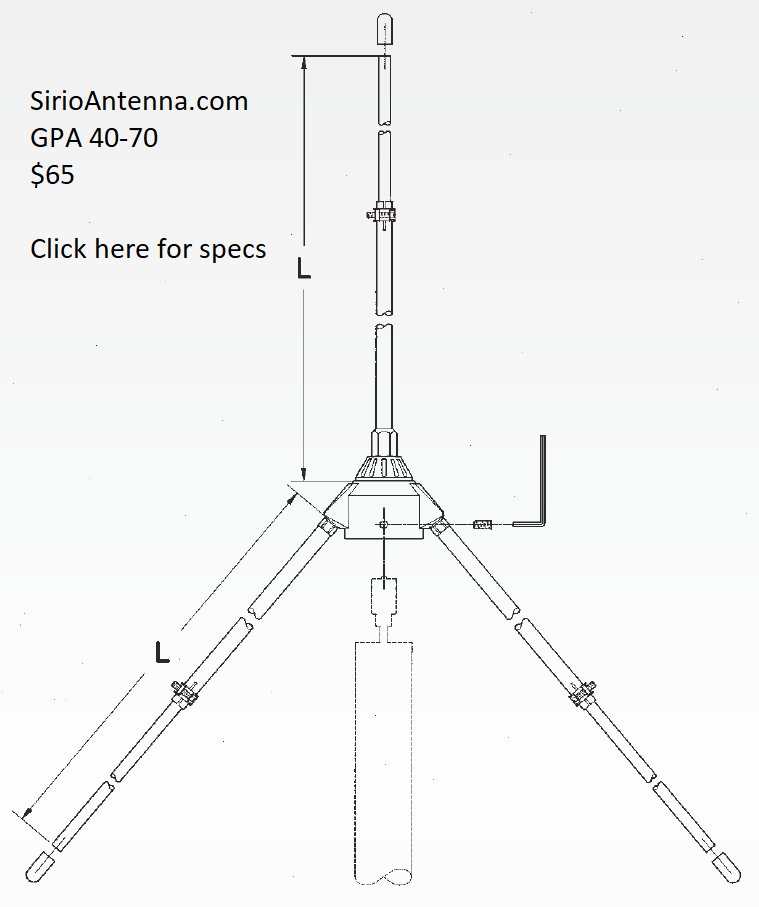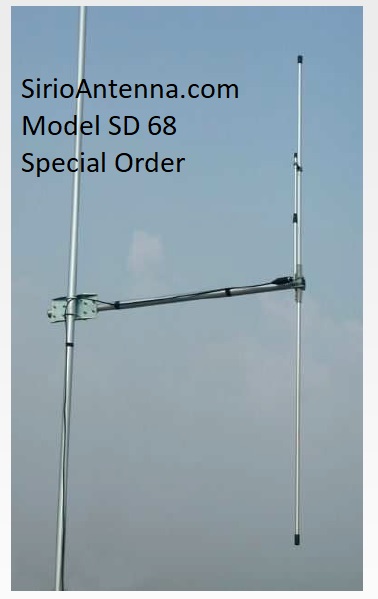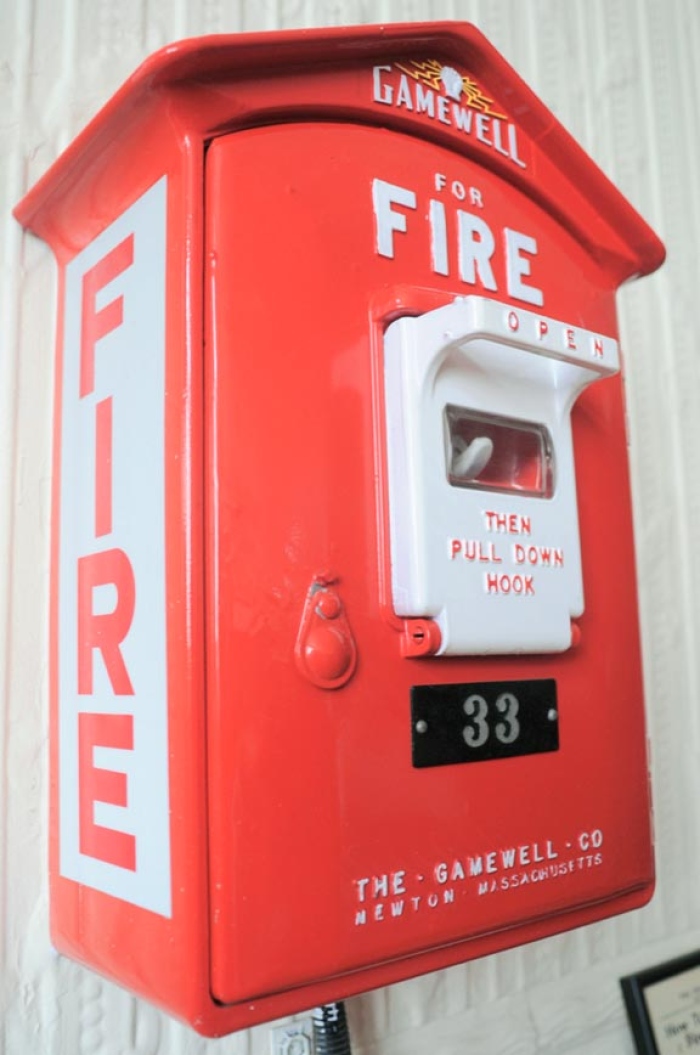
Using the 72-76 MHz fixed link band -
by Fred W Daniel
For more than 6 decades,
68 or more individual 20 KHz. [wide-band 20K0F3]
channels have been available for fixed
[point-to-point or point-to-multipoint] PRIMARY use. In fact, you
cannot use 72-76 MHz
transmitters MOBILE, except at 1 watt of power output or less. These
frequencies are not exclusive, but have very light use and are
available in every service, including Business. See 47 CFR 90.257
and the FCC rules you intend to license under for the exact list of
frequencies available. 
During the past 6 decades, many channels were used to distribute voice & data for pocket pagers, and there were some highway call boxes tried, before cellular, but no single application has really caught on. Regardless, there are at least 10 channels set aside just for fire call box use. A search of the FCC database in your area will provide some idea as to the availably of channels. There are also many good search & record programs designed for scanners, that will tally the seconds used per day, for comparison. You will also find an occasional unlicensed user, usually because someone forgot to renew their license and it lapsed.
A
significant FCC limitation on the use of these frequencies, is they
are adjacent to and between TV channels 4 and 5, and must not cause
harmful interference to TV reception. In the last +50 years, since
the band was allocated, TV receivers have dramatically improved, and
more than 85% of US viewers have switched from off-the-air to cable
television. During this more than half-century of use, almost no
complaints
were received by the FCC Enforcement Division, even during the
period of heavy use by pocket paging companies. The paging control
transmitters typically operated a 50 to 250 watts output, so the
potential for interference was real. Another consideration is that TV
receivers require at least 1,000 microvolts [-47 dBm] of signal, just
to assure
a reasonable picture. This is 60 dB more than the 1 microvolt
required by a land mobile receiver for clear reception. That means
that an off-the-air TV would need to be in very close proximity to a
72-76 MHz transmitter to cause adjacent channel interference or
front-end overload, on the TV. Field testing a HDTV on channel 4 or
5, with a 75 ohm splitter and signal generator would be instructive,
and you probably would not believe the results. Keep in mind the
free-space loss at 75 MHz. is 39.6 dB at 100 feet, and increases by 6
dB every time the distance doubles. Therefore, at one mile it is 74.1
dB. 
If all this is true, you may ask why the FCC has not updated the rules to the 21st century? Anyone who follows the FCC will tell you neither the Commission, nor the staff, seek out work in areas that are not calling out for attention. Therefore, consider it as a barrier-to-entry for your competition.
If you are in an area where a TV channel 4 or 5 is operating, then you must either locate your transmitter at the same general location as the TV station, or more than 10 miles away. Also, in order to get a license, you will need to attach a statement to the application declaring:
1) your choosen location is the only practical location for the transmitter, and
2) you understand Rule Section 90.257 and will resolve any interference encountered.
And last, license and use no more than 25 watts, unless you have a real proven need. In most cases, 1 to 5 watts is all that is required to maintain the link at 99.999%, even with atmospheric noise. If one watt works fine, you can probably just license as a 1 watt mobile and skip at the other stuff.
The
next issue is where to find type accepted radios. For new radios,
Midland and Tait make transceivers in a mobile form factor as well as
base stations. There are also used radios available through all the
normal sources. Be aware that in Europe, these frequencies are used for
mobile and paging, so there is a lot of manufacturers with lots of
products, not listed in the USA. The European Amateur Radio 4 meter
band is also in this frequency band, so consider this for antennas. And
do not forget the FCC Type Approved list of radios in this frequency
band. 
Now with all this FCC stuff behind us, let us consider applications for these channels. Here are some ideas:
- Simplex link for remote receiver. Does a ground level 47 MHz [or any VHF frequency] base station need a better receiver? Put one on a nearby hill, and place the link receiver at the office. For supervisory vehicles, a link receiver or a converter for 72 to 47 MHz would add the same performance.
- Duplex telephone link for distant farm or ranch building
- Simplex link for a satellite receiver to the main repeater voting system. Improve coverage at the far side of town for handhelds.
- Extend voice paging system without wires throughout parking area, or complex.
- Simplex point-to-multipoint voice or low-speed [up to 9600 bps] data link for highway signs & billboards, highway speed collection devices, bus stop time-of-arrival or route signs, etc. Some federal grant funds might be available for an innovative idea to improve bus ridership or highway traffic flow in your community.
- Traffic signal timing
- Simulcast Timing and syncronization
-